Introduction
The concept of agility has emerged as a game-changer. At the heart of this transformation lies the Agile Manifesto, a set of values and principles that have revolutionized how development teams approach collaboration, product delivery, and adaptability.
This article serves as your compass through the values and principles of the Agile Manifesto, accompanied by real-world examples that illustrate each facet.
The Core Values of the Agile Manifesto
1. Prioritizing Individuals and Interactions Over Processes and Tools
The Agile Manifesto emphasizes valuing individuals and interactions over processes and tools, highlighting the significance of effective communication and team collaboration.
For example, Spotify’s development team applies this value by conducting regular retrospective sessions where team members openly discuss project experiences, celebrate successes, and identify areas for improvement, which leads to implementing a culture of continuous learning and growth.
Similarly, Google encourages teams to come together for brainstorming sessions, where fresh ideas can flourish, and open dialogue fuels innovation.
Additionally, the famed company Pixar attributes much of its creative success to open interactions among team members during their Braintrust meetings.
2. Delivering Working Software Over Comprehensive Documentation
The Agile Manifesto focuses on “delivering working software frequently” instead of getting exhaustive documentation. A real-world example comes from the Microsoft Office development team, which regularly releases updates with new features to adapt to users’ evolving needs. This practice ensures users benefit from new capabilities without waiting for large-scale releases.
Another example of this principle is Airbnb. Their teams focus on developing limited features while delivering valuable enhancements swiftly.
In the same way, the video game company Epic Games delivers a consistent stream of updates for its game “Fortnite” to keep players engaged and invested in the experience.
3. Collaborating with Customers Over Contract Negotiation
The Agile Manifesto also stresses the importance of “customer collaboration over contract negotiation.” IDEO, a design firm, is a prime example of this principle. They involve customers in the project design, ensuring early feedback to shape solutions that meet customer expectations.
On the other hand, Salesforce maintains a consistent dialogue with its customers through frequent meetings to ensure that its products align with customers’ needs.
Another instance of this value is within LEGO, where the company co-creates products with its fans, engaging them in the design process through platforms like LEGO Ideas.
4. Responding to Change Over Following a Plan
Flexibility and adaptability take center stage with responding to change over following a plan. Amazon personifies this value with its “Two-Pizza Teams” approach, where each development team stays small enough to react to changing circumstances and seize new opportunities swiftly.
Meanwhile, Twitter offers a practical example of this principle. The company adjusted its strategy along the way, transitioning towards real-time information sharing and demonstrating keen responsiveness to the shifting preferences of users.
Similarly, Facebook continuously adjusts its platform based on user feedback and changing trends to remain relevant and engaging.
The Twelve Guiding Principles of the Agile Manifesto
1. Ensuring Customer Satisfaction Through Continuous Delivery
This principle translates to real-world success stories. Consider the streaming giant Netflix, which diligently follows a continuous delivery model. This approach provides subscribers a steady stream of fresh content and exciting features, leading to sustained customer satisfaction.
On the e-commerce front, Zappos thrives by consistently delivering iterative feature updates, ensuring that their customers can always access the most vital features.
Similarly, the Gmail team at Google continuously adds new features and improvements to their email service, enhancing the user experience over time.
2. Welcoming Changing Requirements Throughout the Project
An exemplary instance of this principle is how Google adapts its search engine to accommodate complex queries to showcase the agility of development teams in addressing changing requirements.
We can draw a parallel with Spotify, where teams periodically reevaluate their project priorities, demonstrating a readiness to pivot based on new insights and evolving needs.
In gaming, Minecraft developers at Mojang continuously enhance the game based on player feedback and market trends.
3. Delivering Incrementally and Iteratively
The viral video game “Fortnite” offers a prime example of the “frequent and iterative deliveries” principle. Developed by Epic Games, the game is updated weekly with new features, skins, and game modes. This approach keeps players engaged and allows the game to evolve continually.
At Etsy, the emphasis on continuous iteration results in an ever-improving user experience. Moreover, Agile software development methodologies such as Scrum and Kanban are good examples of the iterative approach to development.
4. Cultivating Continuous Collaboration
Spotify is implementing the principle of continuous collaboration, which employs “Guilds” and “Chapters” to encourage sharing knowledge and best practices among teams.
A different industry, IBM, leverages collaborative design methods to bring diverse perspectives and facilitate well-informed decisions.
Likewise, Automattic, the company behind WordPress, operates with a remote workforce that relies heavily on virtual collaboration tools to ensure seamless teamwork across distances.
5. Fostering Motivation and a Supportive Environment
Companies like 3M encourage the exploration of individual creativity by allowing employees to dedicate 15% of their time to personal projects. This approach enables an environment of innovation, resulting in breakthrough ideas.
Similarly, Google empowers its employees to invest time in personal projects, which sparks innovation and a sense of ownership.
Another example is Atlassian, which famously provides “ShipIt Days,” allowing employees to work on creative projects outside their regular tasks.
6. Prioritizing Face-to-Face Communication
Basecamp, a project management company, underscores the importance of in-person meetings to build strong team connections and facilitate open discussions.
Toyota practices a similar principle by advocating direct communication to address challenges promptly and enable swift issue resolution.
Similarly, IDEO employs a “Deep Dive” technique to gather team members from diverse disciplines for intensive collaborative sessions.
7. Measuring Progress Through Tangible Products
Google adheres to this principle by employing “sprints” of development that focus on delivering tangible products rather than fixating on intangible metrics.
Similarly, Spotify bases its decisions on measurable outcomes to evaluate success and guide further actions.
Tesla often shares updates about its vehicles’ capabilities in the automotive industry, focusing on tangible features that enhance the driving experience.
8. Sustaining a Steady Development Pace
Buffer, a social media company, takes a holistic approach by promoting work-life balance to ensure sustainable development practices.
At GitHub, teams advocate for a sustainable pace to avoid burnout and maintain consistent performance.
This principle is also evident in Patagonia, a company known for its commitment to a balanced work environment and employee well-being.
9. Embracing Simplicity
The principle of simplicity resonates in the design philosophy of tech giant Apple. Known for its elegant and user-friendly products, Apple’s focus on simplicity translates into a seamless user experience.
On the other hand, Netflix emphasizes streamlined design to ensure effortless navigation for its users.
Google’s search engine homepage, characterized by its minimalist design, is another illustration of simplicity’s impact.
10. Empowering Teams with Decision-Making Authority
At Valve, a company in the video game industry, there is no formal hierarchy. Instead, development teams wield the authority to make decisions aligned with their project’s unique needs and objectives.
This approach is mirrored in the healthcare sector by Buurtzorg, where autonomous teams make decisions about patient care, ensuring personalized attention.
In education, Montessori schools empower students to guide their learning journey and make educational decisions.
11. Engaging in Regular Reflection and Adaptation
Toyota exemplifies the concept of continuous reflection and adaptation through its “Kaizen” production system, a philosophy rooted in ongoing improvement.
A similar practice occurs at Spotify, where teams convene for retrospective sessions to evaluate progress, learn from successes and challenges, and implement refinements.
Similarly, NASA’s post-mission reviews following space missions provide valuable insights for future missions.
12. Nurturing Ongoing Adaptation
Amazon Web Services (AWS) is a shining example of the principle of continual adaptation. AWS consistently evolves by offering an ever-growing array of cloud services that cater to customers’ ever-changing needs.
Likewise, Microsoft Azure demonstrates this principle by continuously integrating new features and enhancements to maintain a position on the cutting edge of technological innovation.
In fashion, Zara is known for its rapid adaptation to fashion trends, ensuring its collections remain in sync with customer preferences.
Conclusion
The Agile Manifesto has risen above theoretical frameworks to become influential in modern project management. Its values and principles are more than guidelines; they offer a path to transforming how development teams approach their tasks.
By interweaving real-world examples and drawing insights from the triumphs of renowned corporations, we gain a deeper understanding of the essence of agility and its relevance in a ceaselessly evolving professional landscape.
For additional insights into these examples and practical applications, consider exploring the following resources:

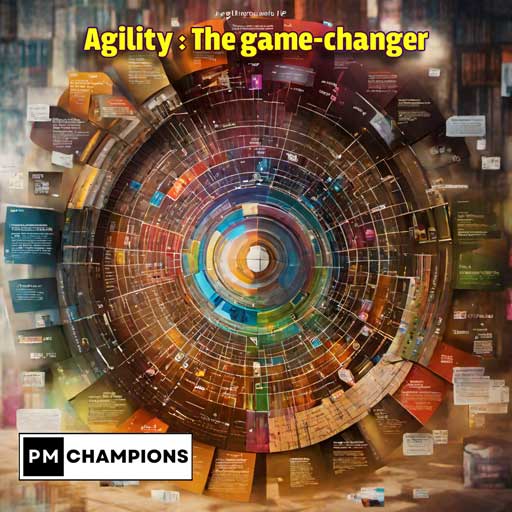
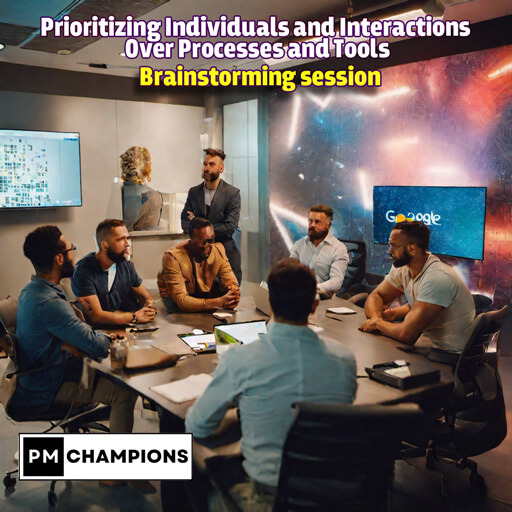
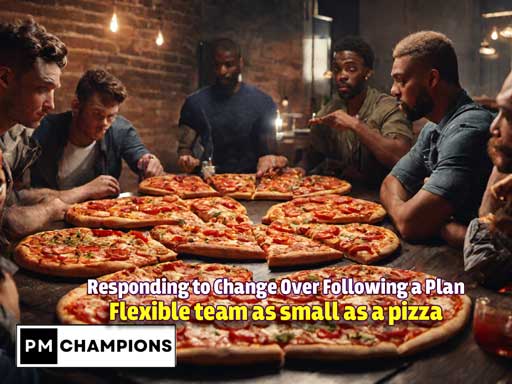
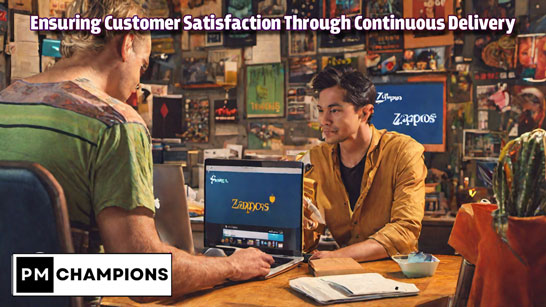
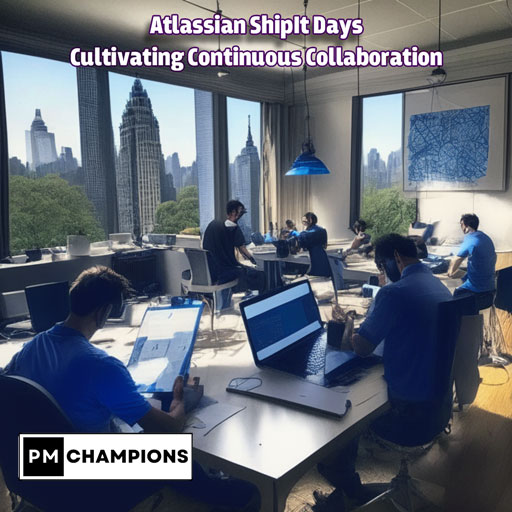



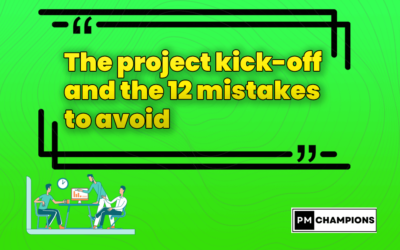



0 Comments